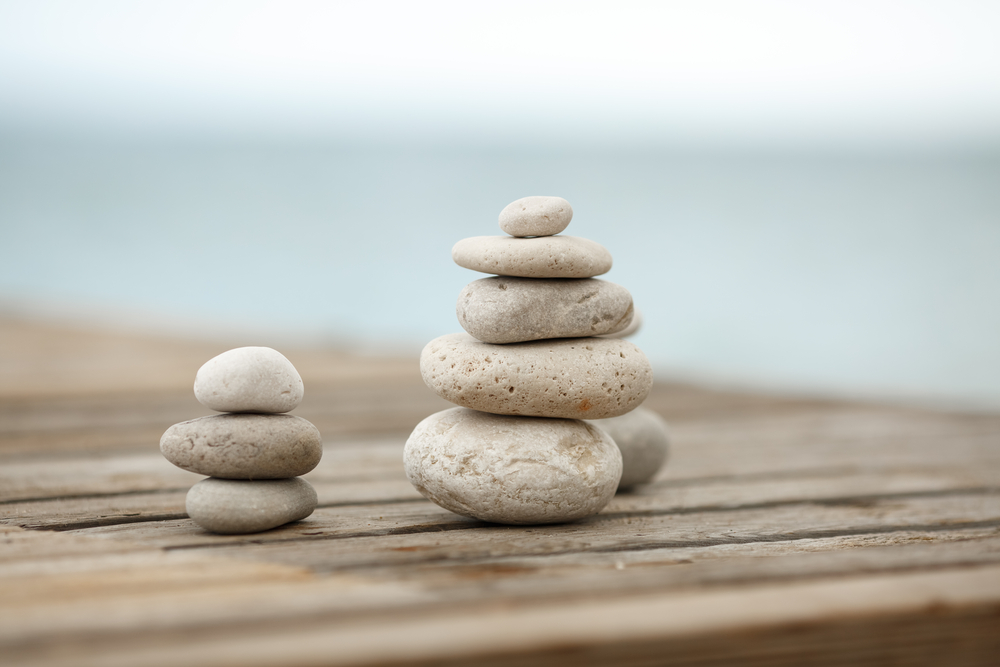Meditation
By now, you’ve probably heard of meditation and its life-changing benefits. The research indicates that it can improve our focus, mood, sleep, immune system, resilience and even pain levels. So, how is it that simply sitting still and ‘thinking about nothing’ is so helpful? Is it all it’s cracked up to be?
What is meditation?
The biggest misconception around meditation is that it involves ‘turning off your brain’ or ‘blocking thoughts and feelings.’ But unless you are a robot, this is an almost impossible task. Fortunately, it’s actually much more simple and achievable than that.
Most styles of meditation we now practice are focused on the act of simply observing without judgment. Depending on the type of meditation, this may involve observing the breath, feelings in your body, your thoughts, or something in your environment.
An easy example is breath-based meditation, which simply involves sitting still and noticing the breath. There is no attempt to control the breath, and no judgment if the mind wanders. The aim is simply to take note of when it does wander, and then gently guide it back to the breath. By practicing this, we gradually teach our brain how to focus better, and to be less judgmental of our thoughts and experiences!

What’s in it for me?
We get it. Dedicating ten minutes a day to sitting still can feel like a waste of time when you have a to-do list as long as a battle rope. Don’t be fooled, though—meditation can actually save you time in the long run as a result of increased focus and productivity.
Some other great benefits can include:
- Improvement in ability to fall asleep and sleep quality
- Lower levels of the main stress hormone, cortisol
- Enhanced focus, creativity and productivity
- Better mood stability
- Reduced tendency towards negativity

So how can we fit meditation into our busy days?
Meditation itself isn’t usually the hard part. The challenge comes down to our ability to commit to a regular practice—generally, when we get busy, it flies to the bottom of our to-do list. The key is finding ways you can easily fit it into your day without stressing about it.
Try some of the following:
1. DOWNLOAD AN APP
- Headspace, Calm and Insight Timer can be a great place to start
- As a beginner, you are guided through exactly what you need to do
- The verbal cues help remind you to return to the meditation if your mind wanders
- Most allow you to set reminders so you can do it the same time each day
2. START WITH ONE MINUTE
- If you struggle to commit initially, start small
- One minute is enough time to start noticing small benefits
- Just set a reminder on your phone for one minute and focus on your breath for that time
3. WALKING MEDITATION
- If you get anxious sitting still, start with a moving meditation
- Try walking while paying attention to your breath, the feeling of the ground underneath you, or your surroundings
- When your mind drifts, simply bring it back to your focus point
The main thing to remember is that just like burpees, almost everyone can improve with meditation with a little practice. It’s simply a matter of consistency, and eventually you might even start looking forward to your little window of silence each day!